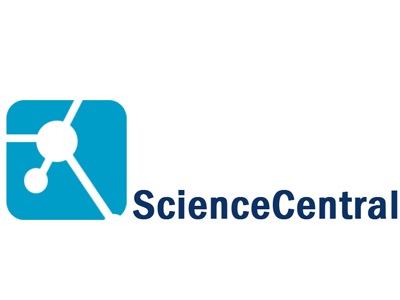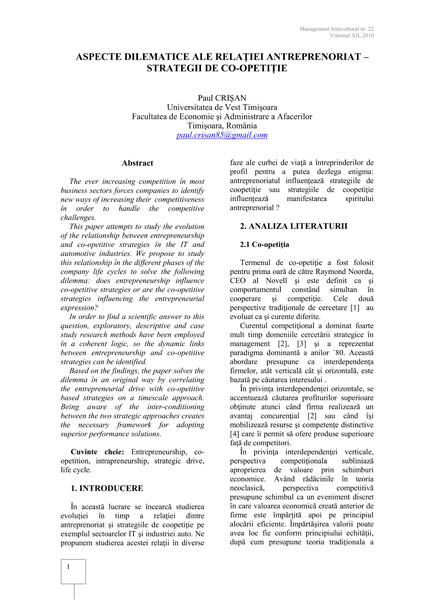
The ever increasing competition în most business sectors forces companies to identify new ways of increasing their competitiveness în order to handle the competitive challenges. This paper attempts to study the evolution of the relationship between entrepreneurship and co-opetitive strategies în the IT and automotive industries. We propose to study this relationship în the different phases of the company life cycles to solve the following dilemma: does entrepreneurship influence co-opetitive strategies or are the co-opetitive strategies influencing the entrepreneurial expression? In order to find a scientific answer to this question, exploratory, descriptive and case study research methods have been employed în a coherent logic, so the dynamic links between entrepreneurship and co-opetitive strategies can be identified. Based on the findings, the paper solves the dilemma în an original way by correlating the entrepreneurial drive with co-opetitive based strategies on a timescale approach. Being aware of the inter-conditioning between the two strategic approaches creates the necessary framework for adopting superior performance solutions.
- Published on: 1st November, 2010
- Keywords: Entrepreneurship, co-opetition, intrapreneurship, strategic drive, life cycle
- Final revision and acceptance: 15th October, 2010
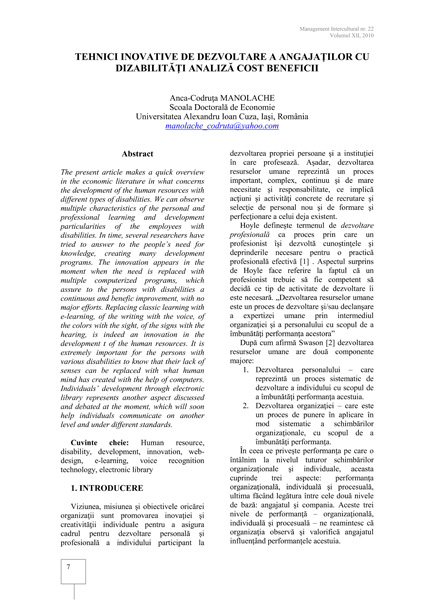
The present article makes a quick overview in the economic literature in what concerns the development of the human resources with different types of disabilities. We can observe multiple characteristics of the personal and professional learning and development particularities of the employees with disabilities. In time, several researchers have tried to answer to the people’s need for knowledge, creating many development programs. The innovation appears in the moment when the need is replaced with multiple computerized programs, which assure to the persons with disabilities a continuous and benefic improvement, with no major efforts. Replacing classic learning with e-learning, of the writing with the voice, of the colors with the sight, of the signs with the hearing, is indeed an innovation in the development t of the human resources. It is extremely important for the persons with various disabilities to know that their lack of senses can be replaced with what human mind has created with the help of computers. Individuals’ development through electronic library represents another aspect discussed and debated at the moment, which will soon help individuals communicate on another level and under different standards.
- Published on: 1st November, 2010
- Keywords: Human resource, disability, development, innovation, web-design, e-learning, voice recognition technology, electronic library
- Final revision and acceptance: 15th October, 2010
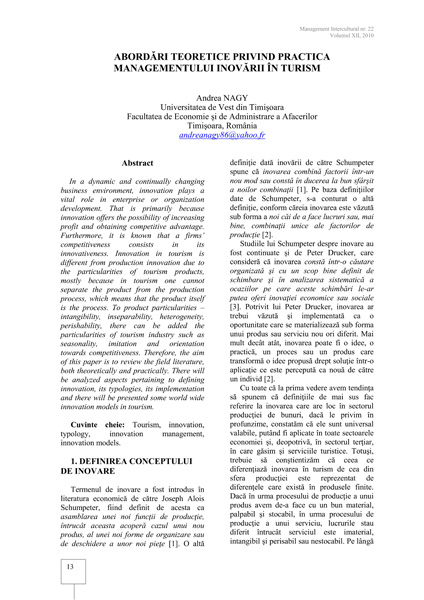
In a dynamic and continually changing business environment, innovation plays a vital role in enterprise or organization development. That is primarily because innovation offers the possibility of increasing profit and obtaining competitive advantage. Furthermore, it is known that a firms’ competitiveness consists in its innovativeness. Innovation in tourism is different from production innovation due to the particularities of tourism products, mostly because in tourism one cannot separate the product from the production process, which means that the product itself is the process. To product particularities – intangibility, inseparability, heterogeneity, perishability, there can be added the particularities of tourism industry such as seasonality, imitation and orientation towards competitiveness. Therefore, the aim of this paper is to review the field literature, both theoretically and practically. There will be analyzed aspects pertaining to defining innovation, its typologies, its implementation and there will be presented some world wide innovation models in tourism.
- Published on: 1st November, 2010
- Keywords: Tourism, innovation, typology, innovation management, innovation models
- Final revision and acceptance: 15th October, 2010

The ever-increasing competitiveness requests in a more competitive organizations business environment requires the renewal of the organizational relationships. In the last period it is increasing the concern for innovation, spatial organization of these relations, especially in the cluster forms like: regional clusters, industrial clusters, innovative clusters, etc.. This paper substantiates the concept of "generation of clusters”, it identifies, at global scale, the main cluster generations and highlights their different contributions to the inside organizations competitiveness. The research methods used prioritally are the descriptive, explorative and observation, diagnosis and comparative analysis method. These methods have allowed the identification of preliminary conditions for the emergence of regional clusters in Romania. Limits the work come by the insufficient development of Romanian clusters databases.
- Published on: 1st November, 2010
- Keywords: The competitiveness of organizations, clustering strategies, cluster portfolios, generational analysis
- Final revision and acceptance: 15th October, 2010

As the main objective of relationship marketing is to establish and maintain long-term relationships that translate into customer loyalty. Following the above introduction of describing the significance of customer loyalty, this article discusses the conceptualisation of loyalty within the three common approaches used in the loyalty literature, including behavioural, attitudinal, and twodimensional(comprising behavioural and attitudinal) for business to business market. This discussion is then followed by a review of the relevant literature on relationship marketing to provide complete image for loyalty.
- Published on: 1st November, 2010
- Keywords: Relationship Marketing, Loyalty, Business to Business
- Final revision and acceptance: 15th October, 2010

Efectele pozitive ale creerii de reţele teritoriale de inovare nu mai pot fi puse în discuţie. Numeroase studii autorizate au pus în evidenţă avantajele unor asemenea structuri şi dispozitive de cercetare şi dezvoltare pentru întreprindere, pentru individ ca şi pentru colectivităţile locale. Rezistenţa la schimbare este însă o atitudine naturală, a individului şi organizaţiei, în aproape egală măsură, care limitează initiaţivele de creare şi dezvoltare a unor reţele de acest tip, reţele prin care se realizează ceea ce numim acum inovare interorganizaţională sau deschisă. Studiul nostru, bazat pe rezultate obţinute în cercetări anterioare de nivel, pe observaţii şi analize realizate pe câteva modele europene semnificative, pune în evidenţă manifestarea unor relaţii de interdependenţă între specificitatea culturală naţională, regională şi organizaţională, pe de o parte, şi intensitatea producţiei de inovaţie prin recurs la reţele ca şi performanţă indusă organizaţiei prin această inovaţie, pe de altă parte. Relaţiile respective au fost abordate prin recurs la un model cu patru dimensiuni adaptat în acest scop. Dimensiunile avute în vedere (motivaţia , oportunitatea, ameninţarea şi abilitatea) au fost integrate într-un model al inovării organizaţionale (MOAA) prin intermediul unor variabile ale specificităţii culturale (ierarhia, asumarea riscului, apartenenţa la comunitate şi orientarea în timp). Rezultatele studiului pot fi valorizate în fundamentarea politicilor şi strategiilor organizaţionale şi teritoriale de dezvoltare prin recurs la creativitate şi inovaţie.
- Published on: 1st June, 2010
- Keywords: inovare, rezistenţă la schimbare, motivare, oportunitate, ameninţare, abilitate
- Final revision and acceptance: 15th May, 2010

De aproximativ 20 de ani, numeroase întreprinderi occidentale, în căutare de noi pieţe şi de forţă de muncă mai ieftină delocalizează unităţile lor de producţie către ţări din Europa Centrală, Asia sau America de Sud. Confruntate cu problemele transferului de cunoştinţe şi a formării tehnice în contexte culturale noi, ele dezvoltă metode de GRH-MRU care au ca scop fidelizarea angajaţilor lor, mobilizarea competenţelor lor şi a forţei de muncă în vederea obţinerii unei producţii ce respectă norme foarte exigente. În acest articol, analizăm strategiile care se aplică nu numai salariaţilor dar şi familiilor lor şi, mai general, mediului local şi care te face să te gândeşti la o întoarcere către paternalism abi desemnat prin termenii de „responsabilitate socială a întreprinderii”.
- Published on: 1st June, 2010
- Keywords: CUVINTE CHEIE
- Final revision and acceptance: 15th May, 2010

Importanţa dimensiunii culturale a managementului a devenit tot mai evidentă, în ultimul timp, atât pentru cercetători, cât şi pentru practicieni, dar, conştientizarea acestui aspect nu înseamnă, implicit, înţelegerea lui. Articolul de faţă propune o metodologie cu ajutorul căreia cercetătorii, dar şi practicienii să poată identifica dimensiunea culturală a managementului, să o analizeze, să evalueze locul ei în sistemul organizaţional şi, eventual, să formuleze recomandări. Pentru atingerea scopului nostru, vom urmări un demers iniţiat în cadrul unui audit cultural efectuat într-o întreprindere din România, achiziţionată de către un grup occidental. Articolul îşi propune, aşadar, (1) să exploreze noţiunea de audit cultural, (2) să relateze experienţa de cercetare şi de audit cultural care constituie referinţa expunerii şi (3) să prezinte diferitele etape ale metodologiei. Intenţionăm să demonstrăm, în acest fel, că fiecare dintre aceste etape dobândeşte un plus de valoare, atunci când demersul folosit presupune confruntarea unor opinii bazate pe referinţe conceptuale şi culturale diferite.
- Published on: 1st June, 2010
- Keywords: CUVINTE CHEIE
- Final revision and acceptance: 15th May, 2010

The challenges posed by Romania’s accession to the Euro-Atlantic bodies cannot be faced in the absence of the military decision-makers’ education and training, for the process of transformation implies the existence of a set of special skills, knowledge, and aptitudes meant to facilitate the process per se, as well as to motivate those who must put it in practice. The Romanian military system’s transformation process is accompanied by the NATO transformation process, which is the reason why the Allied Transformation Command was established. On the one hand, this may be regarded as a constraint; on the other hand, it is also a chance and a catalyst for our country, since we thus have something against which to benchmark our achievements, as well as a source of inspiration in terms of our own military system’s transformation.
- Published on: 1st June, 2010
- Keywords: transformare,educaţie/instruire/pregătire, învăţare,personal militar.
- Final revision and acceptance: 15th May, 2010
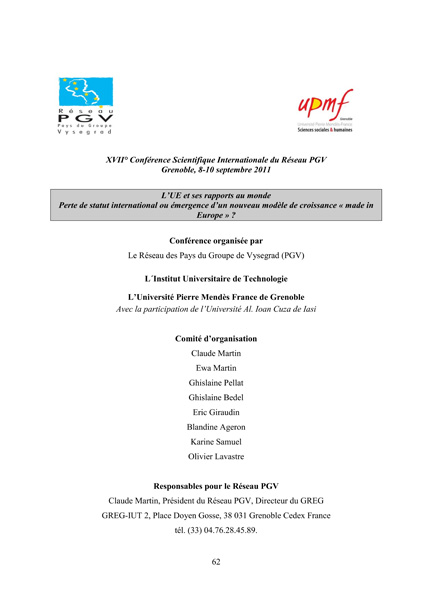
ABSTRACT
- Published on: 1st June, 2010
- Keywords: CUVINTE CHEIE
- Final revision and acceptance: 15th May, 2010










